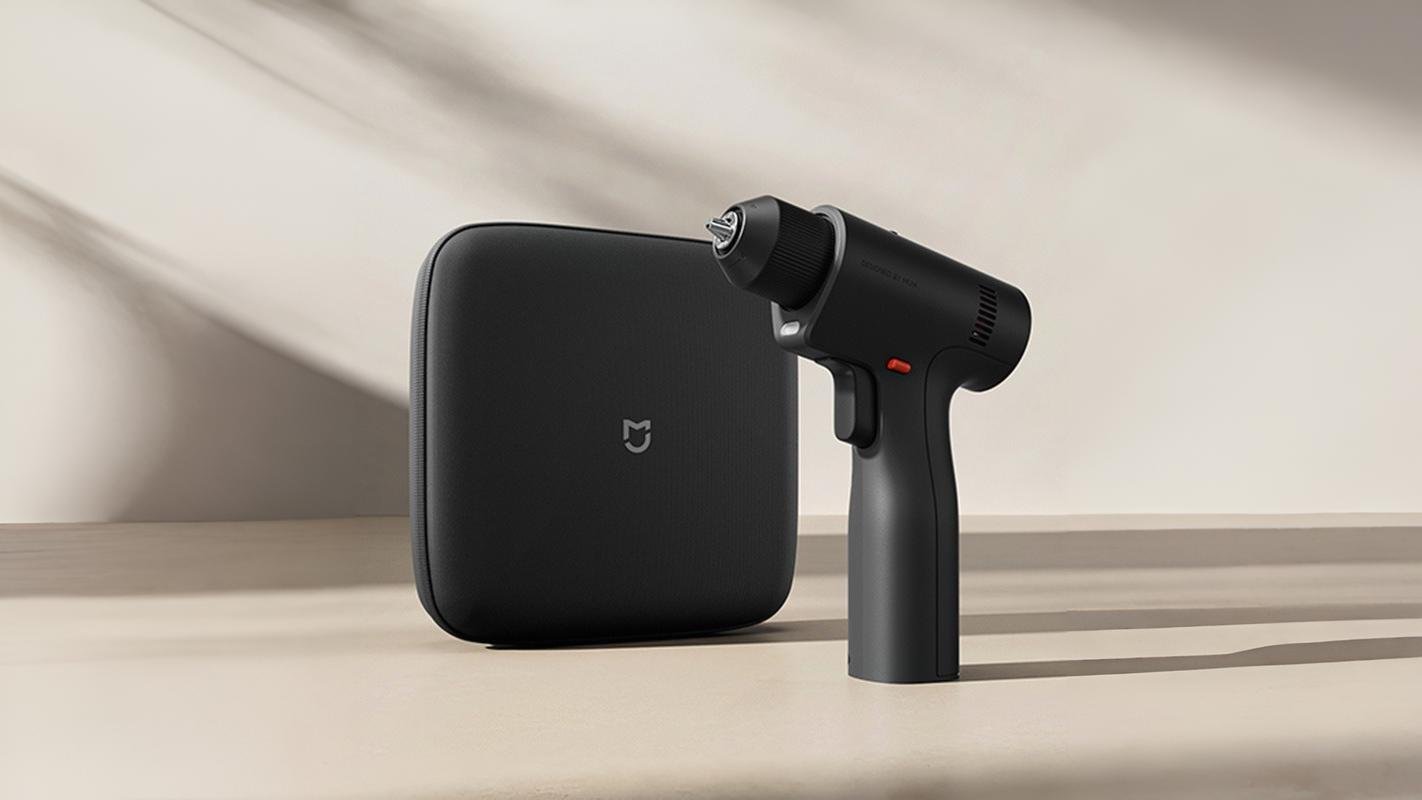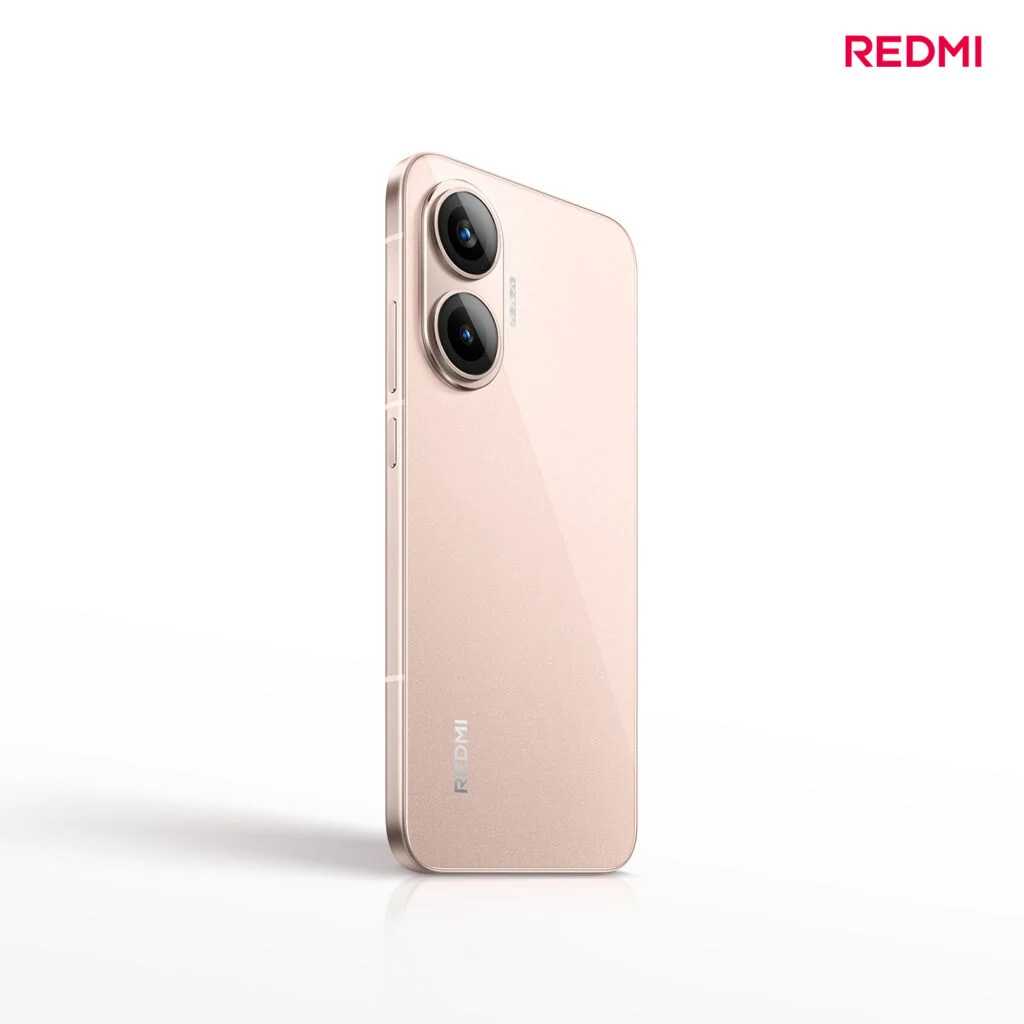Does our printer want none of it working on Windows 10? Let’s see what we can do to quickly solve each problem.
The most recent printers are born with compatibility with Windows 10, which significantly speeds up the installation process (especially if we have the CD with the drivers). Not all “good” printers were born around the same time as Windows 10: many only have a driver for Windows 7 or Windows 8.1 and often refuse to work properly on the latest operating system released by Microsoft.
If we too have stumbled upon a printer that does not work on Windows 10 , you are in the right guide: here we will show you all the steps to take to make a printer perfectly operational on Windows 10 , both in the case of an older generation printer and in the case we decided to mount one of the new printers on the market.
Automatic installation of the printer driver
The print drivers on Windows 10 can be downloaded automatically via Windows Update: during the installation phase then we can very well avoid the driver present on the printer PC (if we still have one) and try with the automatic installation supported by Windows 10.
To proceed, connect the printer to the PC via Ethernet connection or connect it to the same Wi-Fi network as the computer, open the Start menu at the bottom left, look for the Settings app , open the Devices menu , go to the Printers and scanners menu then press on button Add a printer or scanner .

We await the end of the search and, as soon as the printer name appears, press on it and click on Add . The automatic search for a compatible driver through Windows Update will start: as soon as it is found it will be added to the printer, which will immediately become operational.
If the automatic system advises you to also install a specific app from the Microsoft Store, do it: these apps allow you to manage the functionality of the printer and often also offer an updated driver, so as to solve any problems during installation.
Manual installation of a specific driver
Automatic installation is the first step in troubleshooting printer problems on Windows 10, but in some cases the procedure is not enough to install an old printer or without any drivers available on Windows Update . In this scenario it is better to proceed the “old way” as described in the procedure below:
- We connect the printer via USB, avoiding the use of other connection methods. For older printers it may be useful to get an A-male to B-male USB cable .
- We insert the CD disk with the drivers in the computer reader; if our PC does not have a burner / reader, we can always get an external USB burner just in case.
- Let’s start installing the drivers from the PC executable, taking care to follow all the steps indicated.
- At the end of the installation we check that the printer is present in the system by going to the Settings -> Devices -> Printers and scanners path .
If the printer is present in the Windows 10 dedicated menu, we have solved all our problems and can go back to printing. If the printer also has Wi-Fi, we can try to connect it now to the same wireless network as the PC , disconnecting the USB cable and repeating the automatic procedure seen in the previous chapter; Windows 10 should automatically use the CD-added print driver for the wireless-connected device as well.
Advanced printer installation
If the previous methods did not work or we no longer have the printer driver CD we can proceed with the advanced procedure, intended only for geek users and obtainable only by connecting the printer via USB cable to the PC. First of all we get the right driver from the Internet, opening the Google search engine and looking for “printer driver” followed by the name of the manufacturer and the printer model in use. Often the driver downloaded from the Internet will be made available as a compressed ZIP file : at the end of the download we unpack the driver files in a folder of your choice, open the Start menu at the bottom left, look for the Control Panel app , click on Devices and printers or Add a device, and press on the name of the printer connected to the computer, making sure to select as the folder for the drivers the one unpacked a little while ago.
If we have already tried to add the printer to the system but it doesn’t work, right-click on the Start menu, open the Device Manager menu , expand the Printers item , right-click on the non-functional printer, open the Properties menu , go to the Driver tab , press on Update Driver and then on Search for driver on computer .

In the new window, click on the Browse button , go to the folder where we have saved the unpacked drivers and click on Next to finish installing the printer.
Alternative printing service
If the procedures seen so far have not worked, we can try to use the printer with an alternative printing service such as PaperCut Mobility Print , available for download from the official website .

With this service we will set up a simple print server compatible with any printer produced for Windows from 2001 onwards ; once the print server has been added, we can use it to print from the same PC where the server is configured or from other computers or smartphones in the same local network, by installing the specific client for access to the server’s print functions. PaperCut Mobility Print also supports remote access, so as to be able to replicate the operation of Google Cloud Print (now discontinued by Google).
Conclusions
Installing an old printer on Windows 10 is doable even for novice users; in case of problems there is no shortage of alternatives and advanced methods to always take advantage of the supplied printer without necessarily having to buy a new modern printer compatible with Windows 10.




